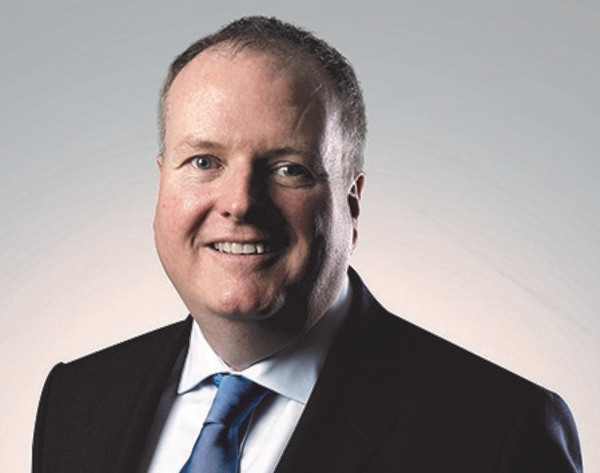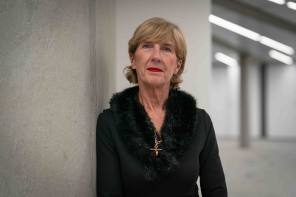

Recent changes at Kames Capital have been a direct response to the increasing need for the investment management businesses to improve efficiency towards the end of what has been avery long expansion cycle, explains its chief investment officer.
Mr Jones says: “Nevertheless, we do not believe we are in a recession-type hard stop on economic activity, not least because key areas of global monetary policy have been changed.
“While there were definitely heightened concerns towards the end of last year, with a slowdown in China and Europe, those changes have been met with a change in policy from central banks.”
He continues: “We think that will stabilise things and growth will continue this year and into the next, in a low but positive way.”
Business shake-up
In 2018, Kames Capital was forced to reshuffle its bond funds team for the second time in just over a year after a number of exits, including the departure of Stephen Snowden, co-head of fixed income, David Ennett, head of high yield, and fund managers Stephen Baines and Juan Valenzuela.
The departure of Mr Snowden and his colleagues came a year after the resignation of David Roberts and Phil Milburn, the previous co-heads of fixed income, but the business also restructured its sales team ahead of Brexit, with Mark Savage promoted to head of UK distribution.
Indeed, Mr Jones says the beginning of 2018 marked a big change for the company, as it started managing the European asset management businesses of Aegon as one central European unit.
He notes many of its recent changes have been about efficiency and “making the best and most streamlined and scalable use of operations, cross-fertilising products from investment companies into the distributions teams, and maintaining centres of activity and active management from Edinburgh, London and The Hague”.
He continues: “The focus is to continue to run money in fixed income, property, multi-asset and alternative assets, but at the same time to not be... across everything.
“The asset class description that I use is not ‘everything, everywhere’, but indicates expertise in assets that we can hone down and make relevant to clients who want a certain style and outcome, whether that is growth or income generated.”
Market outlook
While a growth scenario is unlikely, a carry scenario – where positive returns are gained from holding assets – will allow for some positive investments this year, says Mr Jones.
“We do not see that really coming to an abrupt halt next year either,” he says.
Nevertheless, he notes the defined economic expansion, seen in 2016, 2017 and in early 2018, is behind us.
“There is no exuberance or complacency around here,” he says.
“Everybody is worried and investors have quite a large amount of cash as a buffer for a recession-type scenario, while companies are pretty concerned about some of the headwinds they face whether they be economic, political or regulatory.”
He continues: “But slowdowns can be short and modest and still come up as recessions.
“Some slowdown is to be expected, but the severity of it I think we can handle, especially with the awareness from central banks and governments about the role of monetary and increasingly fiscal policy, that comes into support even weaker data quite quickly.”
In this respect, he suggests investors would do well to fight the temptation to fret about headlines and instead should be thinking about the big picture.
He says: “Interest rates are going to stay very low, therefore, carry quality, some bonds and some equity income could have quite an accumulative benefit for clients’ savings.”
Finding balance
In a world facing extreme scenarios, such as the possibility of a recession in 2020 or significant trade disruption between the world’s largest economies, solutions can be found by walking the middle road, says Mr Jones.
He said that by balancing risk and return, investors could still see growth, albeit lower than in the past.
He adds: “It is not necessarily a headline story, but putting balance into portfolios is where investors can absolutely protect against the future to come.
“We have come out of a period where the thing to do was to own the riskiest asset, where nobody wanted to own bonds, but bonds have been quite a good return source over the last four months and they were protected in the sell-off in December.”
He continues: “Bond markets, despite being low-yield and tight spreads... do have a role to play in portfolios.
“Reminding ourselves of that and putting balance into funds is what we need to do in this environment.”
Victoria Ticha is features writer at FTAdviser.com and Financial Adviser



